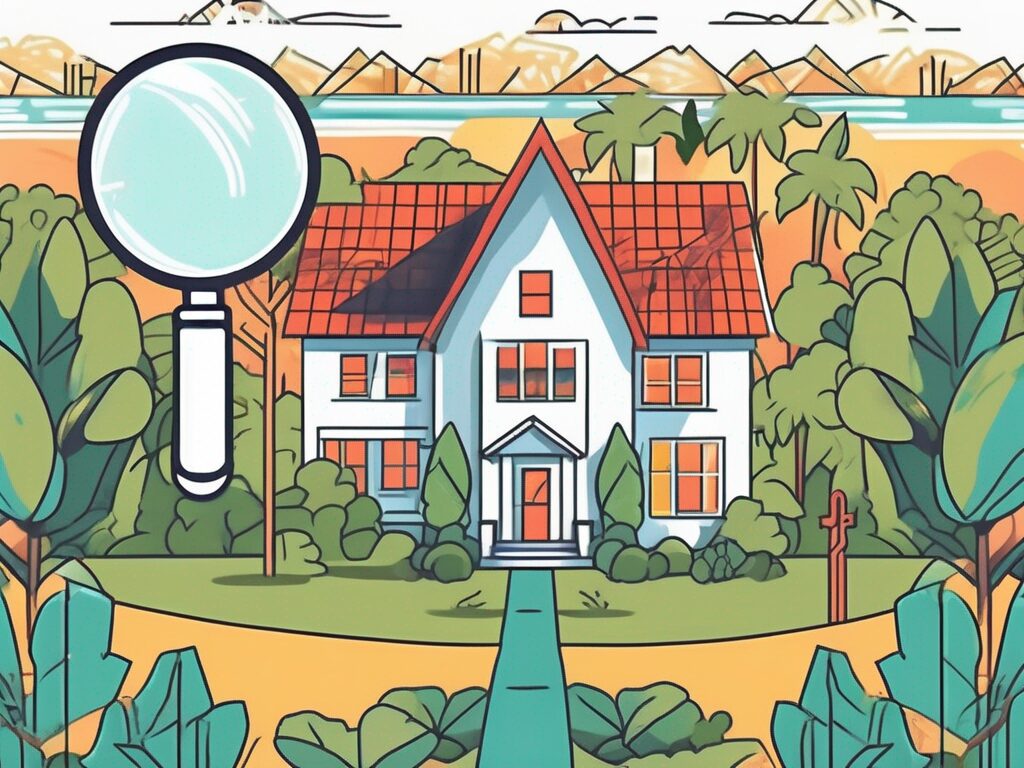

Agent A-Team or Solo Superhero? Finding the Right Real Estate Partner for Your Selling Journey in Wildwood Florida
When it comes to selling your home in Wildwood, Florida,…
January 29, 2024
When it comes to buying a home, there are numerous factors to consider: location, size, amenities, and, of course, price. However, one often underestimated element that can significantly sway a buyer’s decision is the local crime rate. In this article, we will delve deep into the intriguing and sometimes perplexing relationship between local crime rates and home sales. We’ll explore how crime rates affect property values, buyer preferences, and the strategies both sellers and buyers can employ to navigate this complex terrain.
To start, it’s essential to comprehend what constitutes “crime rates.” These are statistical measures that gauge the prevalence of criminal activities within a specific area, often reported as the number of crimes per 1,000 residents. These crimes encompass a broad spectrum, from property offenses like theft and vandalism to violent crimes such as assault and homicide.
Perception plays a significant role in how crime rates impact home sales. The mere perception of a high crime rate in an area can deter potential buyers, even if the statistics suggest otherwise. It’s essential to understand that perception and reality don’t always align.
High crime rates can set off a domino effect in the real estate market. When crime rates surge in a particular neighborhood, property values often take a hit. This occurs because fewer people are willing to invest in homes in unsafe areas, causing supply to outstrip demand. As a result, property values decrease.
Location, as they say in real estate, is everything. A neighborhood’s proximity to high-crime areas can drag down property values, even if the immediate area is relatively safe. Buyers often consider not only the neighborhood itself but also the safety of the surrounding areas.
Fear of crime is a powerful emotion that can significantly influence homebuyers. No one wants to live in constant fear or stress. Consequently, even a perceived risk of crime can dissuade buyers from considering a property.
On the flip side, safe communities are incredibly appealing to buyers. Many are willing to pay a premium for homes in areas with low crime rates. This demand drives up property values, creating a stark contrast with neighborhoods struggling with high crime rates.
If you’re a seller in an area with higher crime rates, don’t despair. There are strategies you can employ to attract buyers despite the challenging circumstances.
Emphasize any security features your property possesses, such as alarm systems, security cameras, or gated communities. These features can reassure potential buyers and mitigate their concerns about safety.
Engage with your local community to combat crime collaboratively. Join or support neighborhood watch programs, participate in community events, and showcase the tight-knit community spirit.
As a buyer, it’s crucial to make informed decisions, especially when considering properties in areas with varying crime rates.
Thoroughly research the neighborhood and its crime statistics. Look beyond the numbers and consider the overall safety of the area.
Consult with real estate agents who have intimate knowledge of the local market. They can provide valuable insights into crime rates and their potential impact on home values.
In the world of real estate, local crime rates are an often overlooked but crucial factor influencing home sales. Perception and reality sometimes diverge, and the fear of crime can significantly impact property values. For both sellers and buyers, it’s essential to understand the dynamics at play and employ strategic measures to navigate the complexities of the real estate market.
By highlighting security features, engaging with the community, conducting thorough research, and seeking expert advice, both parties can make informed decisions that align with their preferences and priorities.
Remember that while crime rates are an important consideration, they are just one piece of the puzzle when buying or selling a home. Balancing safety concerns with other factors like location, amenities, and budget is the key to finding the perfect home.
Yes, crime rates can fluctuate. To stay updated, you can check local police department websites, consult crime mapping tools, or speak with real estate agents who are familiar with the area’s trends.
Yes, insurance premiums can vary based on the crime rate in your area. Higher crime rates may lead to higher premiums. It’s essential to discuss this with your insurance provider when purchasing a home.
Yes, community involvement can have a positive impact on reducing crime. Neighborhood watch programs, community events, and collaborative efforts with law enforcement can help create safer environments.
Many local governments have initiatives to improve safety, such as increased police presence, community policing programs, and investment in infrastructure. Check with local authorities for specific programs in your area.
It depends on your tolerance for risk and your personal priorities. While lower prices may be attractive, consider the long-term impact on property values and your peace of mind when making such a decision.


If you want the Richr team to help you save thousands on your home just book a call.

